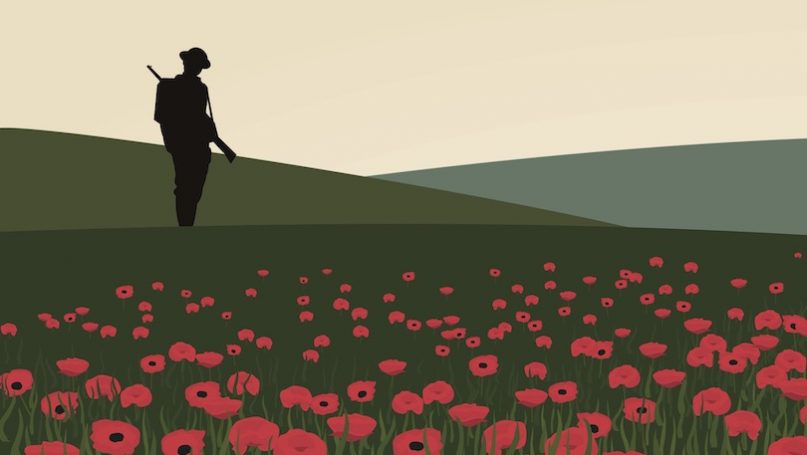
This feature is part of the online resources to accompany the textbook Foundations of International Relations.
The First World War took place between 1914 and 1918. Before 1914, a system of agreements and actions known as the ‘concert of Europe’ was orchestrated between the larger powers in Europe aimed at preserving the status quo (keeping things as they are) in the continent. The collapse of this system led to war and the European powers, divided in two broad groupings, drew their overseas colonies and other great powers such as Japan and the United States into the conflict. At the time, it was known as the ‘Great War’ as its global scale was unprecedented. The year 1919 was a landmark for many reasons. Not only was it the birth-year of International Relations as a discipline, but it also followed the end of the First World War which involved over thirty states and resulted in over 20 million deaths. Building on this, a common feeling at the time was that a war of such scale would not, or could not, happen again due to the financial costs and the toll it took on human life.
The Interwar Years (1919–38) were an initially optimistic period in which the first attempts at global governance were built, watermarked by the creation of the League of Nations, based in Geneva, which provided a forum to manage disputes through negotiation rather than war. During this period a stock market crash occurred in the United States in 1929, causing the ‘Great Depression’ that spread worldwide during the early 1930s and brought significant economic decline. This event marked out the importance of economics to the global system, especially in terms of how quickly it can cause negative effects spreading from one place to another.
The Second World War (1939–45) started as certain states were unhappy with the status quo in the interwar years, most notably Germany and Japan, which sought to grow their power and acquire more territory by invading neighbouring states. This led to the collapse of the League of Nations and another world war as a group of states (the United States, China, the United Kingdom, France and the Soviet Union) formed an alliance to oppose the expansionist powers, eventually triumphing following the occupation of Germany and the surrender of Japan in 1945. The War took the lives of approximately 75 million people, 2.5–3 per cent of the world’s population at the time. The Second World War is the most significant war in history due to its scale and impact. It reinforced to scholars that warfare seemed to be endemic to humankind’s past and was therefore likely to be a central problem in our future. This reflected the so-called first ‘great debate’ within International Relations. Firstly, there were those who sought to develop the discipline with scholarship that sought to manage warfare. This would be done by developing and promoting strategies to help states manage their participation and survival in the inevitable wars of the future. Secondly, there were scholars who sought to focus on how war could be gradually replaced, or downscaled, by emphasising the benefits of established patterns of peaceful interaction (mainly trade) and building new structures that would restrict war and formalise diplomacy (international organisations) such as the United Nations.
This period left us with a discipline that focused on two key actors within the global system: (1) nation-states, the formal name for the political communities in which each of us lives and (2) international organisations, which provided a forum for states to discuss their differences whilst also helping to facilitate international trade. Gradually over time, a third element would emerge within the system: individual human beings. This was due to the rising issue of human rights, inspired by the atrocities of the Second World War (most notably the Holocaust) and a desire to prevent that kind of mass suffering and death from happening again. Yet, it would take many more decades for individuals and the non-state groups they sometimes form to more fully rise to prominence. These three key actors of International Relations – nation-states, international organisations and individuals – were all in place by the mid-twentieth century following the end of the Second World War and they still encompass the basic shape of how we make sense of the world today. These key actors react to, are subject to, and sometimes shape, the events and issues that drive international relations.
Text adapted from McGlinchey, Stephen. 2022. Foundations of International Relations. London: Bloomsbury.
Below is a collection of multimedia resources that help unpack, and explain the importance of the two World Wars and the Interwar Years.
First World War Explainer videos
League of Nations Explainers
The League of Nations – documentary from the United Nations
History of the League of Nations from UN Geneva
Second World War Explainers